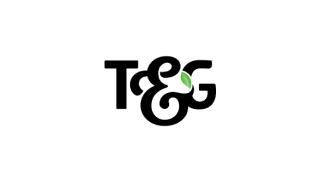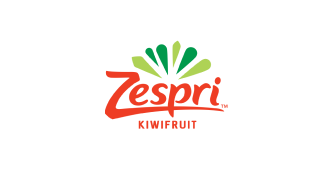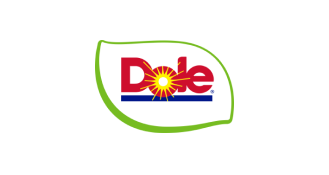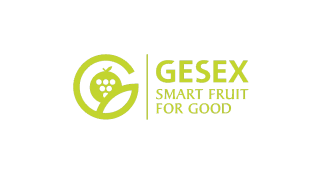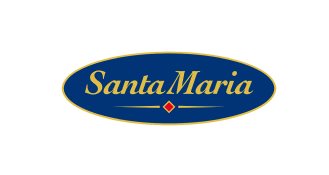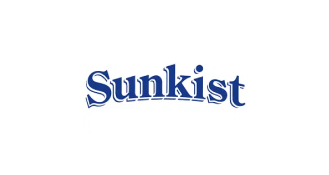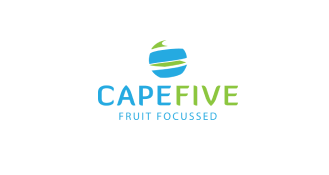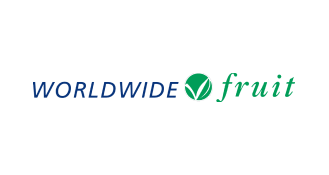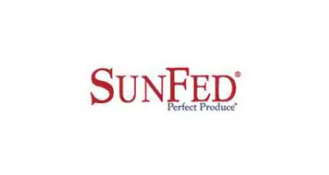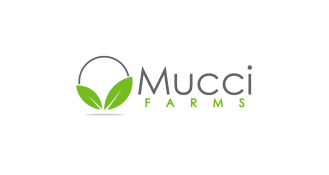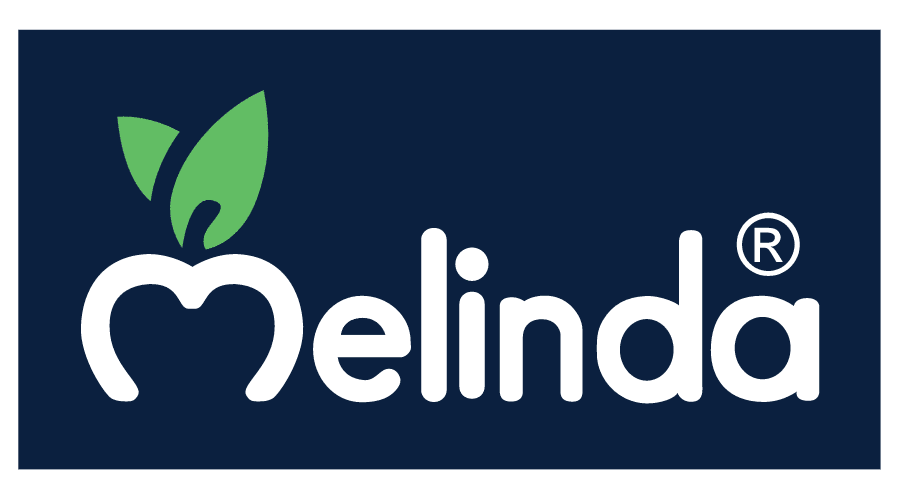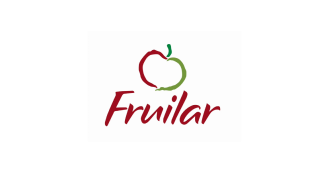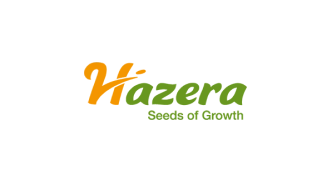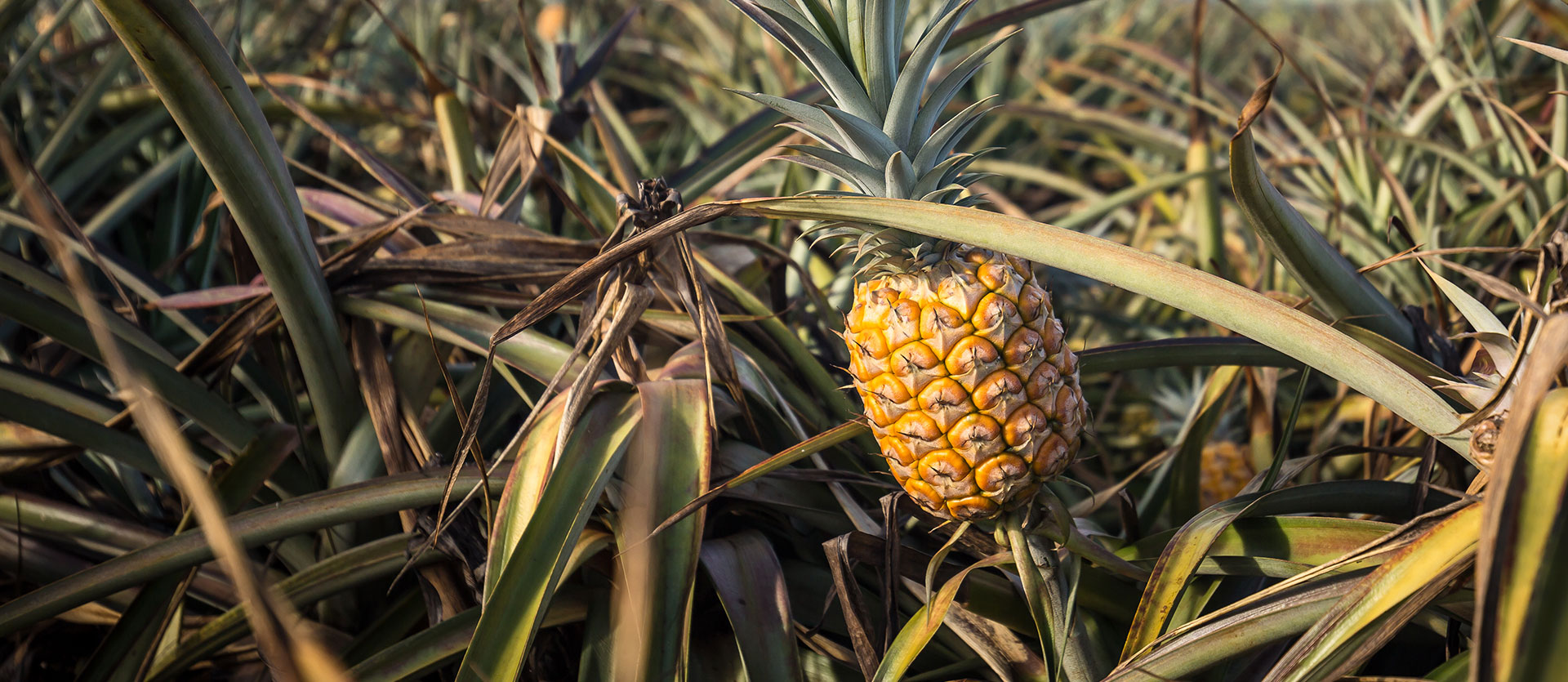
The Importance of Fruit Quality Control & Testing: Pineapples
Pineapples are called Ananas in nearly every language in the world, but when the fruit was discovered by Columbus, he named it piña de Indes or pinecone of the Indians because it resembled a pinecone!
Nowadays, pineapples are mostly grown in Latin America and West Africa, and about 27 million tonnes of pineapples are produced every single year. An expensive fruit, quality control is very important, ensuring that everyone in the value chain – from growers and pickers, to wholesalers, marketing companies and retailers – have the best chance of making a profit when selling the produce.
Uniformity over size and shape, firmness, color, straightness and size of leaves, and the range of soluble solids are all factors that contribute to the quality control decisions made when looking after a pineapple harvest. Adding consistency and control to this process is a win for all stakeholders in the fresh produce industry.
Common Pineapple Defects
-
Pests
You’ll often find mealybugs or scale, which look like fluffy, wax-like material, under the leaves of the pineapple. Scale is harder to spot than mealybugs, but they can both be treated with horticultural oil. -
Skin Defects
Pineapples can suffer from a wide range of skin defects such as external brown spots or pitting. -
Bruising
A pineapple might seem robust but it can quickly get bruised if it’s not handled properly. This could happen at any stage of the pineapple value chain, from initial harvest, through to retailer warehousing. -
Molds on Edges (Cut Fruit and Crown Area)
Mold can often be found on the edges of pineapples and it can be white, gray, or even blue in color. Although crown mold doesn’t impact the flesh of the fruit, it is still considered to be a defect and may affect pricing. Mold usually occurs as the result of storage issues related to temperature or moisture. -
Translucency
There is no definitive answer to why pineapple flesh can appear translucent, with some people believing it’s due to high temperatures or a calcium imbalance. This defect causes a watery appearance in the pineapple flesh. -
Crown Condition
We’ve lost count of the number of issues that the crown of a pineapple could have. It could be deformed due to poor growing conditions, or because of an animal bite, or it could naturally grow in an unusual way. -
Deformed
Plants that are infected by issues such as nematodes, mealy bugs or low levels of soil oxygen can easily end up with deformities in the skin, flesh, crown, and leaves. These deformities can have varying impacts on the quality of the fruit itself. -
Sunburn
Both sunlight in large quantities and high temperatures can cause damage to the pineapple plant. This will look like bleached yellow-white skin on the surface, and the tissue underneath will be pale brown or gray in color. This is known as sunburn. -
Freezing Damage
When pineapples are exposed to low temperatures below 32 degrees Fahrenheit, you may see red or white burn spots on the leaves, which shows that the fruit has been damaged due to freezing temperatures. Some disorders can develop including black heart or indogenous brown spots. -
Rot
Base or butt rot looks like a gray or black rot at the base of the stem and it causes a major reduction to plant growth. If it is allowed to progress, plants will wilt rapidly as leaf tissue dies. There are types of rot that can be seen on the skin of the fruit, while others are only visible once the fruit is cut.
 Interesting Facts about Pineapples
Interesting Facts about Pineapples
- Costa Rica, Philippines and Brazil are the top producers of pineapples in the world.
- In the 18th century, pineapples were so rare in England that you could rent one for the evening to show off to your friends.
- Pineapples don’t ripen after harvest, so once it’s picked - what you see is what you get, outside of handling issues.
- A single pineapple plant produces just one pineapple each season. Now you know why they cost so much!
Implementing Effective Pineapple Quality Control Systems
Establishing a robust pineapple quality control program is essential for maximizing profitability in this high-value fruit market. Given that pineapples don’t ripen after harvest, implementing stringent pineapple quality standards during growing, harvesting, and post-harvest handling becomes even more critical. Effective pineapple quality control involves systematic monitoring at every stage, from field inspections to identify potential pineapple defects early, to final packaging and shipping protocols. Since a single pineapple plant produces only one fruit per season, the economic stakes are particularly high, making consistent quality evaluation practices indispensable for protecting investment and maintaining market competitiveness.
The complexity of pineapple quality assessment requires specialized knowledge and standardized procedures to ensure accurate grading and classification. Unlike many other fruits, pineapple quality cannot be improved after harvest, which means that any pineapple defects present at picking will remain throughout the supply chain. This reality emphasizes the importance of preventive pineapple quality control measures, including optimal growing conditions, proper timing of harvest, and careful handling techniques. Successful pineapple quality programs also incorporate traceability systems that allow for quick identification of quality issues and their sources, enabling producers to make informed decisions about crop management and market distribution strategies.
Common Attributes for Pineapple Quality Evaluation
- Color coverage
- Diameter
- Length
- Degrees Brix
- Inner color
- Acidity
- Brix/Acidity Ratio
The Clarifresh platform also integrates with 3rd-party technology to evaluate external tomato attributes. Learn more here.

